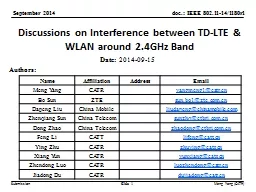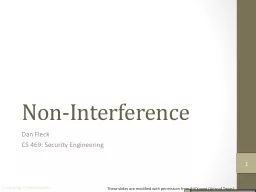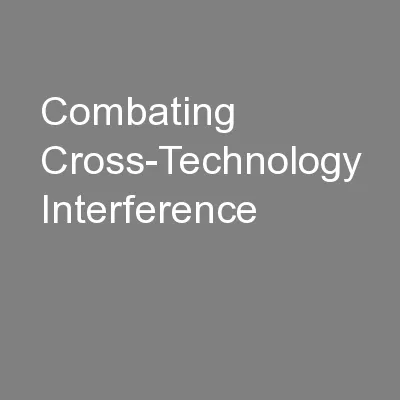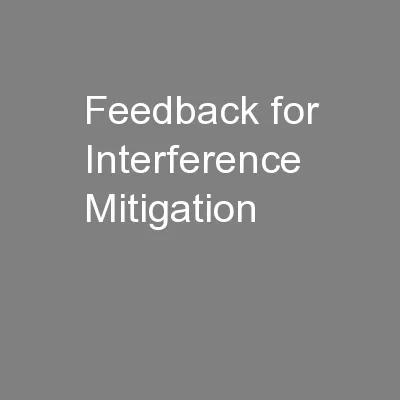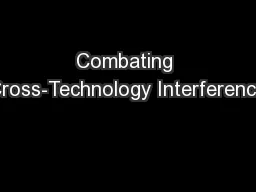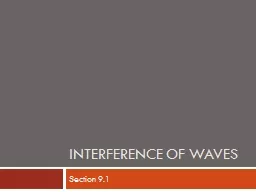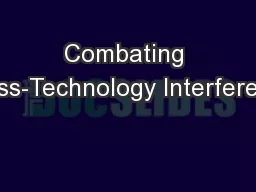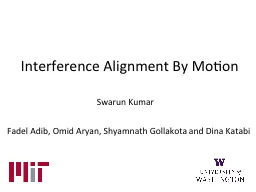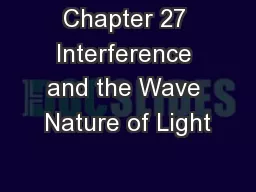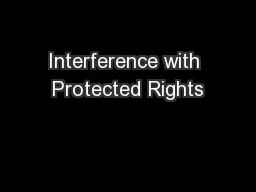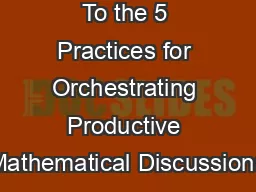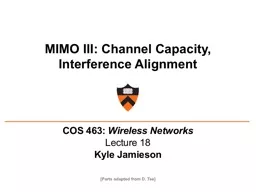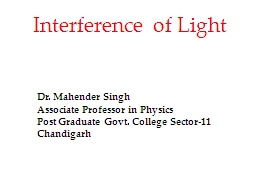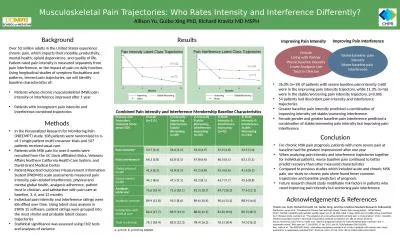PPT-Discussions on Interference between
Author : karlyn-bohler | Published Date : 2018-11-08
TDLTE amp WLAN around 24GHz Band Date 20140915 Slide 1 Authors Name Affiliation Address Email Meng Yang CATR yangmeng1catrcn Bo Sun ZTE sunbo1ztecomcn Dapeng
Presentation Embed Code
Download Presentation
Download Presentation The PPT/PDF document "Discussions on Interference between" is the property of its rightful owner. Permission is granted to download and print the materials on this website for personal, non-commercial use only, and to display it on your personal computer provided you do not modify the materials and that you retain all copyright notices contained in the materials. By downloading content from our website, you accept the terms of this agreement.
Discussions on Interference between: Transcript
Download Rules Of Document
"Discussions on Interference between"The content belongs to its owner. You may download and print it for personal use, without modification, and keep all copyright notices. By downloading, you agree to these terms.
Related Documents

